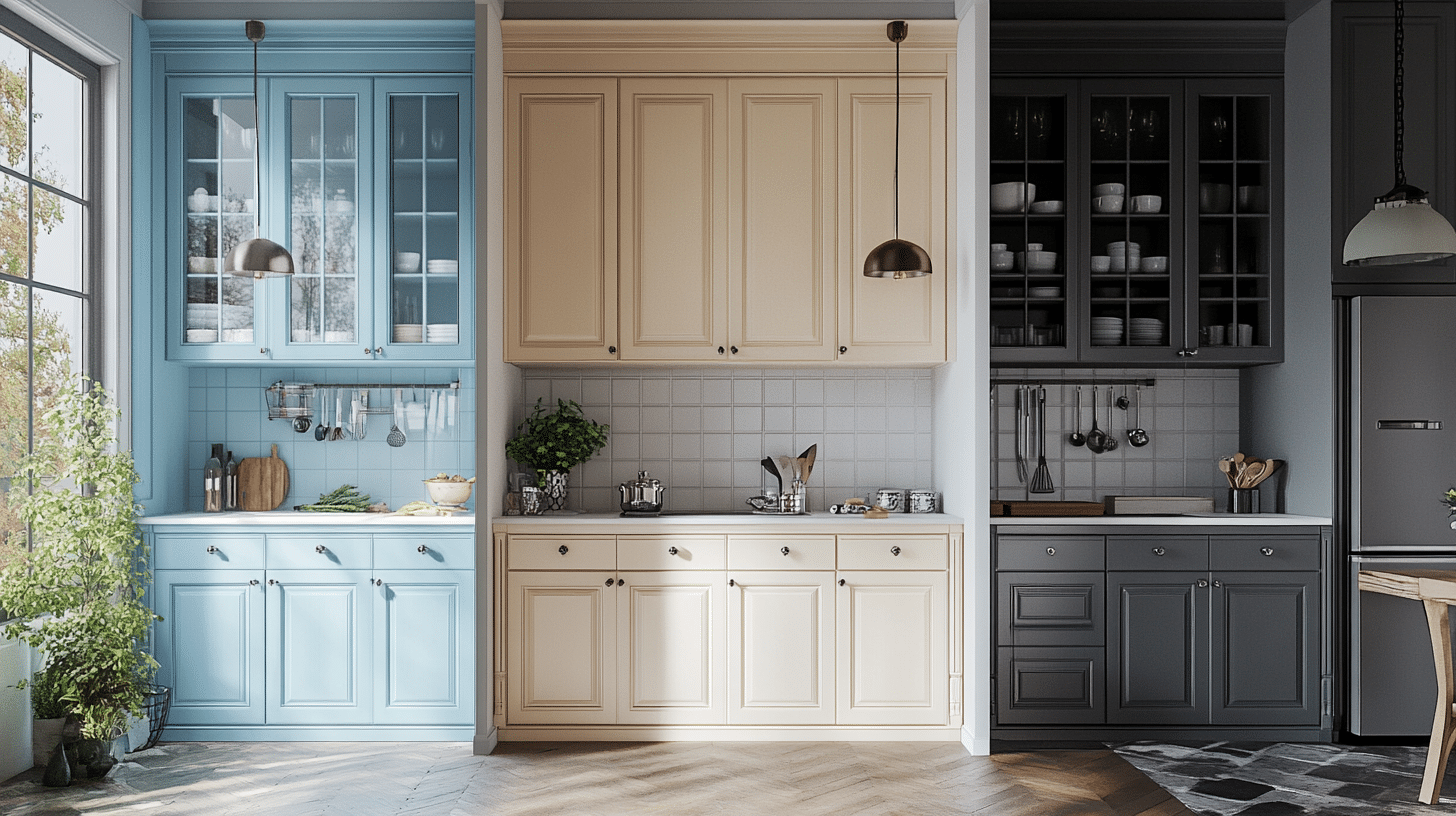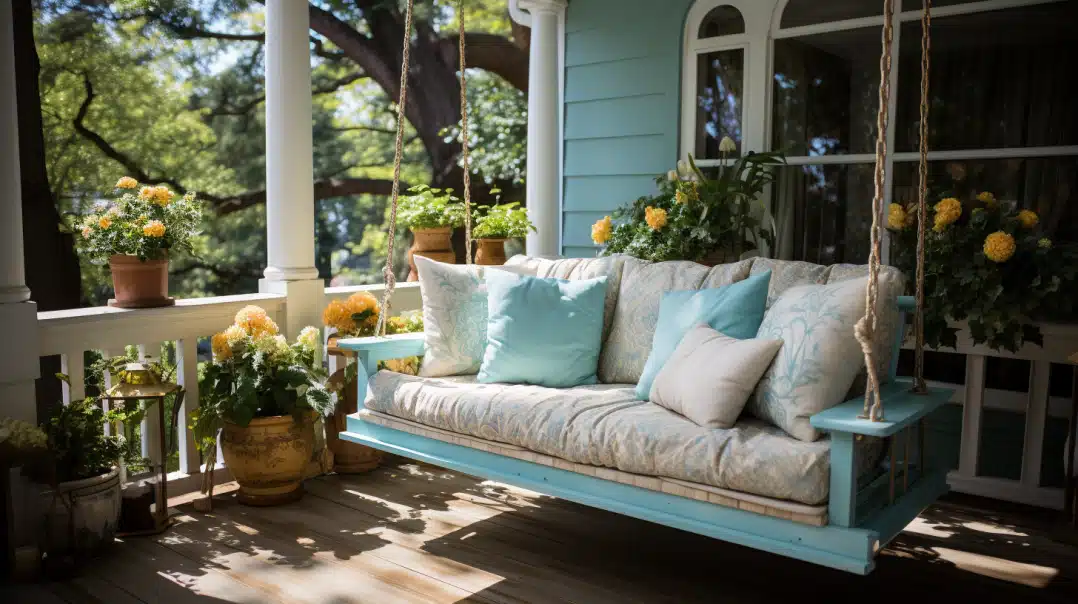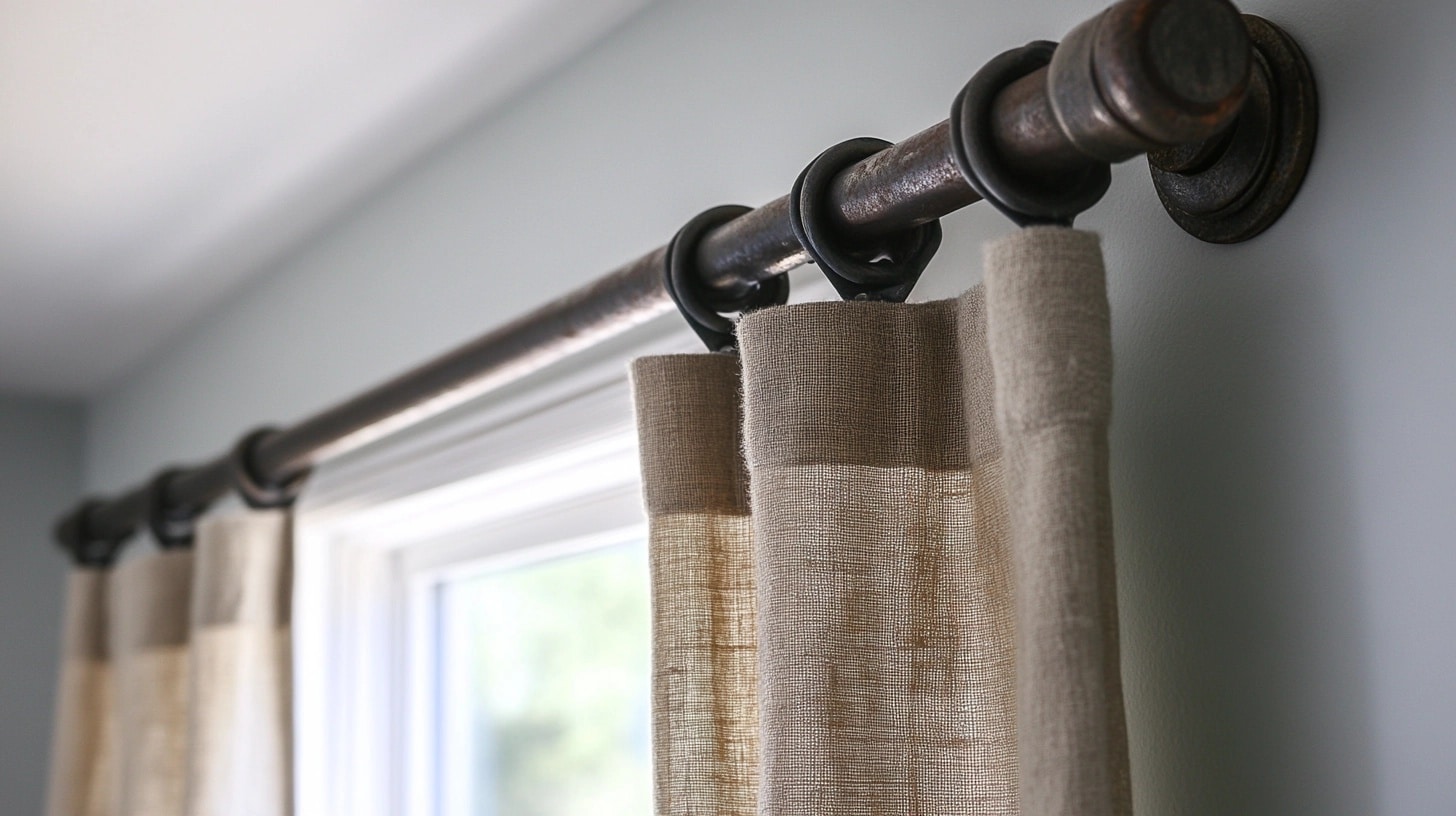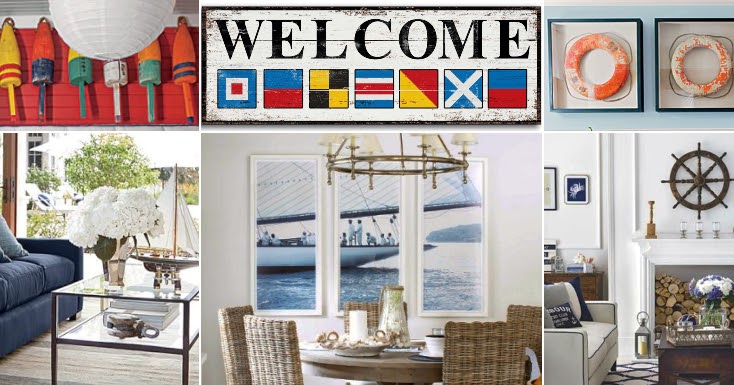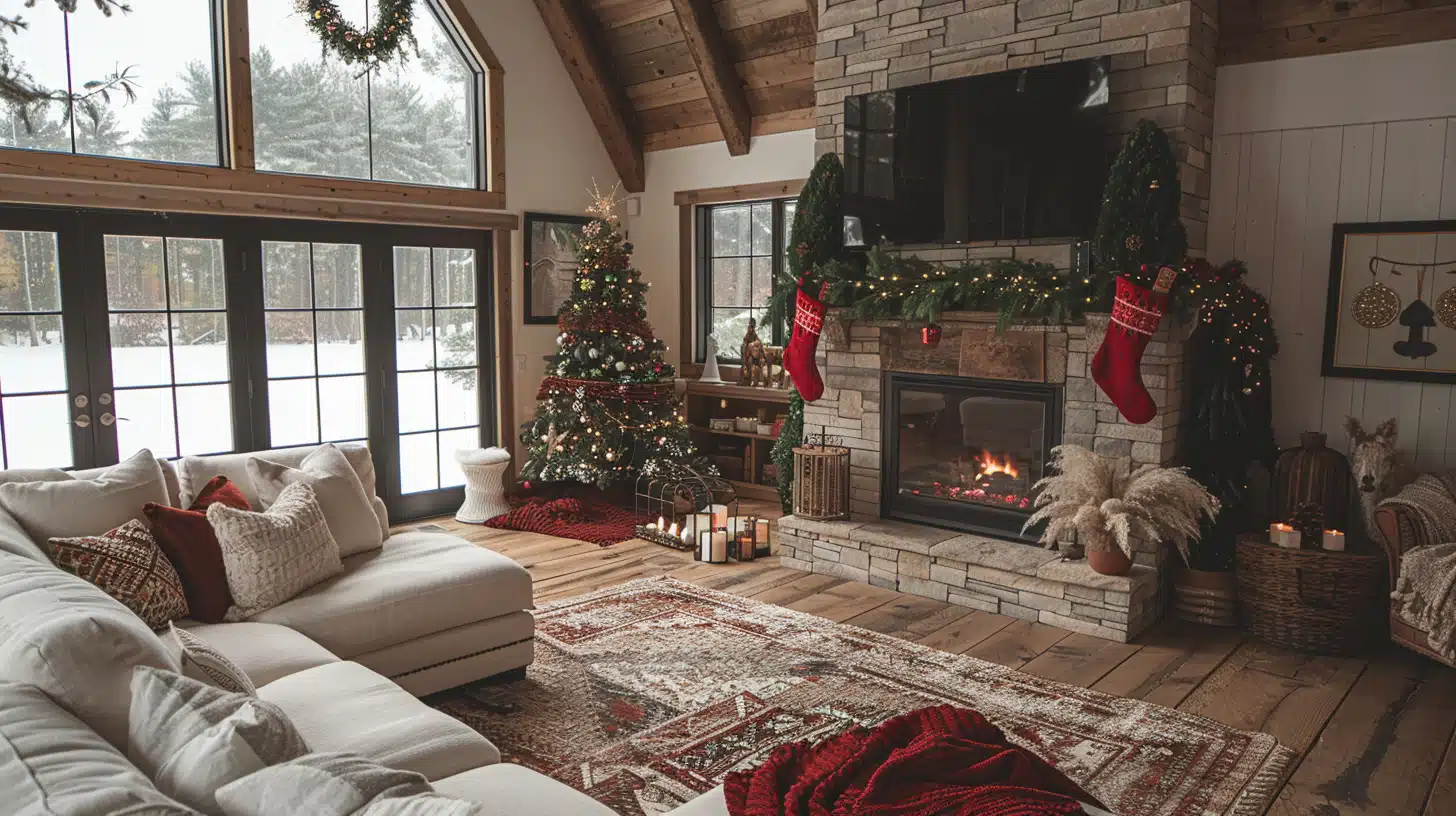How Much Does It Cost to Paint Kitchen Cabinets Easily?
Painting kitchen cabinets can be a big task. You’re likely wondering about the cost and if it’s worth the effort.
I get it – I’ve been there too.
Good news! Painting your kitchen cabinets can be a budget-friendly way to give your kitchen a fresh look. It’s much cheaper than replacing them entirely.
In this post, I’ll break down the costs of painting kitchen cabinets. We’ll look at DIY vs. professional options costs, materials needed, and factors that affect the final price.
By the end, you’ll have a clear idea of what to expect when planning your cabinet painting project.
An Approximate Cost to Paint Kitchen Cabinets
| Item | Average Cost (USD) |
|---|---|
| Small Kitchen (10 x 10 ft) | $700 – $1,000 |
| Medium Kitchen (12 x 12 ft) | $1,000 – $2,500 |
| Large Kitchen (15 x 20 ft) | $2,500 – $5,000 |
| Cost of Paint (Per Gallon) | $20 – $70 |
| Primer (Per Gallon) | $15 – $40 |
| Labor (Hourly Rate) | $30 – $60 per hour |
| DIY Cost (Supplies + Paint) | $200 – $600 |
| Professional Job (Full Service) | $1,500 – $5,500 |
| Paint Type: Latex Paint | $30 – $60 per gallon |
| Paint Type: Oil-Based Paint | $40 – $70 per gallon |
| Additional Supplies (Brushes, Tape) | $30 – $100 |
When it comes to painting kitchen cabinets, you have two main options: hiring a pro or doing it yourself.
Let’s break down the costs for each:
1. Professional Painting Cost
If you hire a professional, expect to pay between $3,000 to $10,000. The price can vary based on your kitchen size and the painter’s rates. For an average-sized kitchen, you might pay around $5,000.
Let’s dive deeper into professional painting costs:
1. Size Matters: Painters often charge by linear foot. You might pay $75 to $150 per linear foot. So, a 10×10 foot kitchen could cost $3,000 to $6,000.
2. Cabinet Material: Wood cabinets are easier to paint, so they cost less. Laminate or metal cabinets need special prep and paint, which increases the price.
3. Paint Quality: High-end paints cost more but last longer. Expect to pay $30 to $60 per gallon for good cabinet paint.
4. Labor Costs: This is the biggest part of your bill. Pros spend 30 to 60 hours on an average kitchen. At $50 to $100 per hour, that’s $1,500 to $6,000 just for labor.
5. Extras: Changing hardware or adding details like glazing will bump up the price.
6. Location: Prices vary by area. Big cities often have higher rates than small towns.
Remember, a pro job includes prep work, priming, multiple coats of paint, and cleanup. While it’s pricier than DIY, many find the results worth the cost.
2. DIY Painting Cost
Doing it yourself can save you money. The materials for a DIY job typically cost $200 to $600, including paint, primer, sandpaper, and brushes. Keep in mind, though, that DIY takes time and effort.
Factors affecting the cost:
1. Kitchen size
2. Number of cabinets
3. Type of paint used
4. Prep work needed
5. Your location
Remember, while DIY is cheaper upfront, a professional job might last longer and look better. Consider your budget, time, and skills when deciding which option is best for you.
Types of Kitchen Cabinet with Approximate Paint Cost
Here’s a quick overview of the types of kitchen cabinets and their approximate paint costs
| Type of Kitchen Cabinet | Approximate Paint Cost (USD) |
|---|---|
| Stock Cabinets | $1,000 – $2,500 |
| Semi-Custom Cabinets | $2,500 – $4,000 |
| Custom Cabinets | $3,000 – $5,500 |
| Flat-Front Cabinets | $700 – $2,500 |
| Raised-Panel Cabinets | $1,500 – $3,500 |
| Shaker Cabinets | $1,000 – $3,000 |
| Glass-Front Cabinets | $1,200 – $3,500 |
| Louvered Cabinets | $1,500 – $4,000 |
| Beadboard Cabinets | $1,200 – $3,200 |
| Distressed Cabinets | $2,000 – $5,000 |
How to Calculate Your Painting Cost?
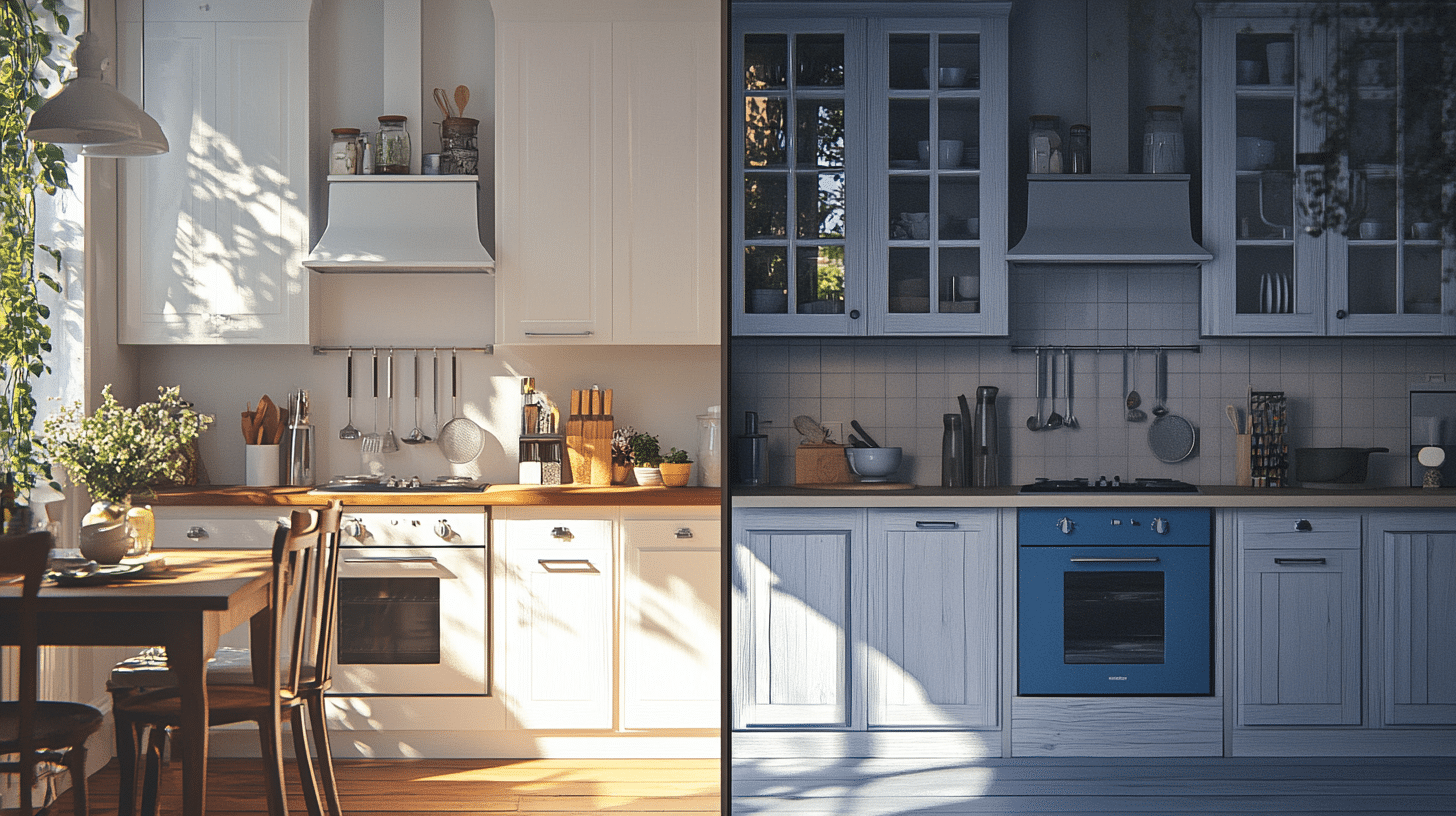
Figuring out how much it’ll cost to paint your kitchen cabinets doesn’t have to be tricky. Here’s a step-by-step guide to help you estimate your costs:
1. Measure Your Cabinets
- Count the number of cabinet doors and drawers.
- Measure the total linear feet of cabinet boxes.
2. Calculate Paint Needed
- One gallon typically covers 200-300 square feet.
- For an average kitchen, you’ll need 2-3 gallons.
3. List Materials
- paint (2-3 gallons)
- primer (1-2 gallons)
- sandpaper
- brushes and rollers
- painter’s tape
- drop cloths
4. Price Check
- Lookup costs for your materials at local stores.
- Add these to your total material cost.
5. Estimate Time
- DIY: 30-50 hours for an average kitchen.
- Pro: get quotes from 3-4 local painters.
6. Do the Math
- DIY: total material cost + (your hourly rate × estimated hours)
- Pro: compare quotes, factoring in paint quality and services offered.
7. Add Extras
- New hardware costs, if replacing.
- Repairs or prep work, if needed.
Remember, your actual costs may vary. It’s always smart to add 10-20% to your estimate for unexpected expenses.
By following these steps, you’ll get a good idea of your project’s cost. This will help you decide between DIY and hiring a pro and enable you to budget for your kitchen update.
Factors Affecting the Costs
When planning to paint your kitchen cabinets, several factors can impact the final cost.
Understanding these can help you budget more accurately:
1. Kitchen Size
- Larger kitchens have more cabinets to paint, increasing both material and labor costs.
- A small kitchen might cost $2,000-$4,000, while a large one could reach $8,000-$10,000.
2. Cabinet Condition
- Cabinets are in good condition and need less prep work, reducing costs.
- Old or damaged cabinets may need repairs or extra sanding, which will add to the price.
3. Cabinet Material
- Wood cabinets are easier to paint and usually cost less.
- Laminate or metal cabinets need special primers and techniques, often increasing prices.
4. Paint Quality
- Basic paints cost less but may not last as long.
- High-quality, durable paints cost more upfront but can save money in the long run.
5. Color Change
- Going from dark to light colors may require more coats, increasing paint and labor costs.
- Keeping a similar color is often less expensive.
6. Cabinet Design
- Simple, flat-front cabinets are quicker to paint.
- Detailed or ornate cabinets take more time and materials, raising the cost.
7. Removal of Doors and Hardware
- Taking off doors and hardware for painting can increase labor costs but often results in a better finish.
8. Your Location
- Labor and material costs vary by region.
- Urban areas typically have higher prices than rural areas.
9. Time of Year
- Some painters offer off-season discounts in slower months.
10. Additional Services
- Changing hardware, adding new hinges, or modifying cabinets will increase costs.
By considering these factors, you can better estimate your project’s cost and decide whether to DIY or hire a professional.
Why is Painting A Kitchen Cabinet Required?
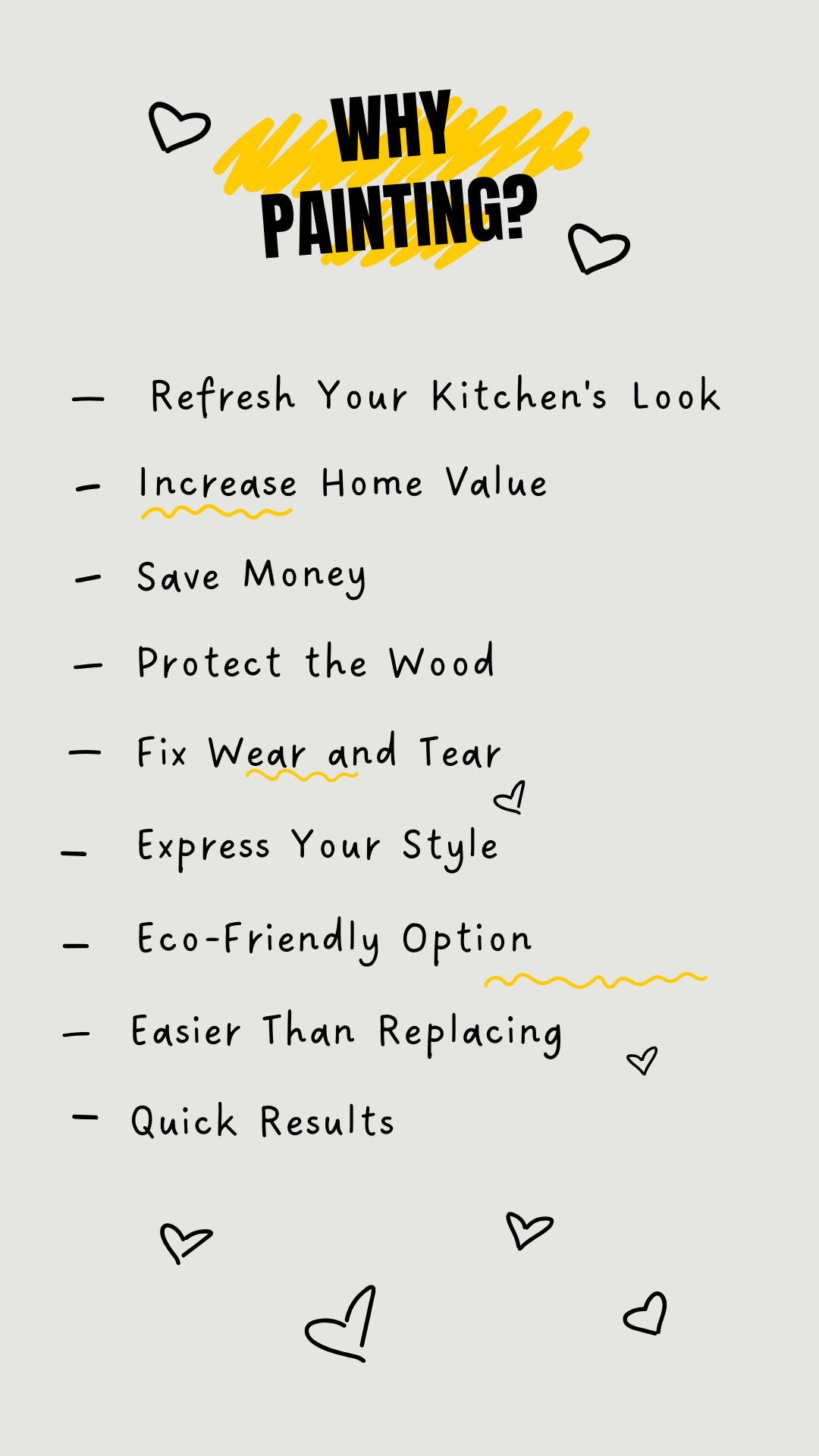
Pros & Cons of Professional Painting & DIY Painting
| Aspect | Professional Painting | DIY Painting |
|---|---|---|
| Pros | – High-quality finish with expert precision | – Lower cost as you avoid labor fees |
| – Access to professional-grade tools and materials | – Full control over the process and timeline | |
| – Faster completion time due to experience | – Personal satisfaction from completing the project | |
| – Warranty or guarantee on the work | – Opportunity to learn new skills | |
| Cons | – Higher cost due to labor and materials | – Can be time-consuming and labor-intensive |
| – Less personal control over the timeline and process | – Risk of uneven or lower-quality finish if inexperienced | |
| – Need to research and find a reliable professional | – Requires purchase of tools and materials, which can add up | |
| – Possible disruption if contractors need extended access | – Mistakes may require extra time and effort to fix |
Safe Paint Options for Your Kitchen Cabinets
When painting your kitchen cabinets, it’s important to choose safe options. Here are some paint types to consider:
1. Water-Based Acrylic Paint
- Low in volatile organic compounds (VOCs)
- Quick-drying and easy to clean up
- Durable and resistant to yellowing
- Good for people with sensitivity to strong odors
2. Milk Paint
- Made from milk protein, lime, and pigments
- All-natural and non-toxic
- Zero VOCs
- Gives a unique, matte finish
- Great for achieving a rustic or antique look
3. Chalk Paint
- Very low in VOCs
- No prep work is needed in most cases
- Adheres well to most surfaces
- Gives a smooth, matte finish
4. Zero-VOC Latex Paint
- No harmful fumes
- Environmentally friendly
- Good durability for kitchen use
- Available in many colors and finishes
5. Ceramic Paint
- It contains ceramic microspheres for added durability
- Often low in VOCs
- Resistant to stains and easy to clean
- Good for high-traffic areas like kitchens
You can update your kitchen cabinets without worrying about harmful chemicals or strong odors by choosing a safe paint option.
This makes the painting process more pleasant and ensures a healthier environment for you and your family.
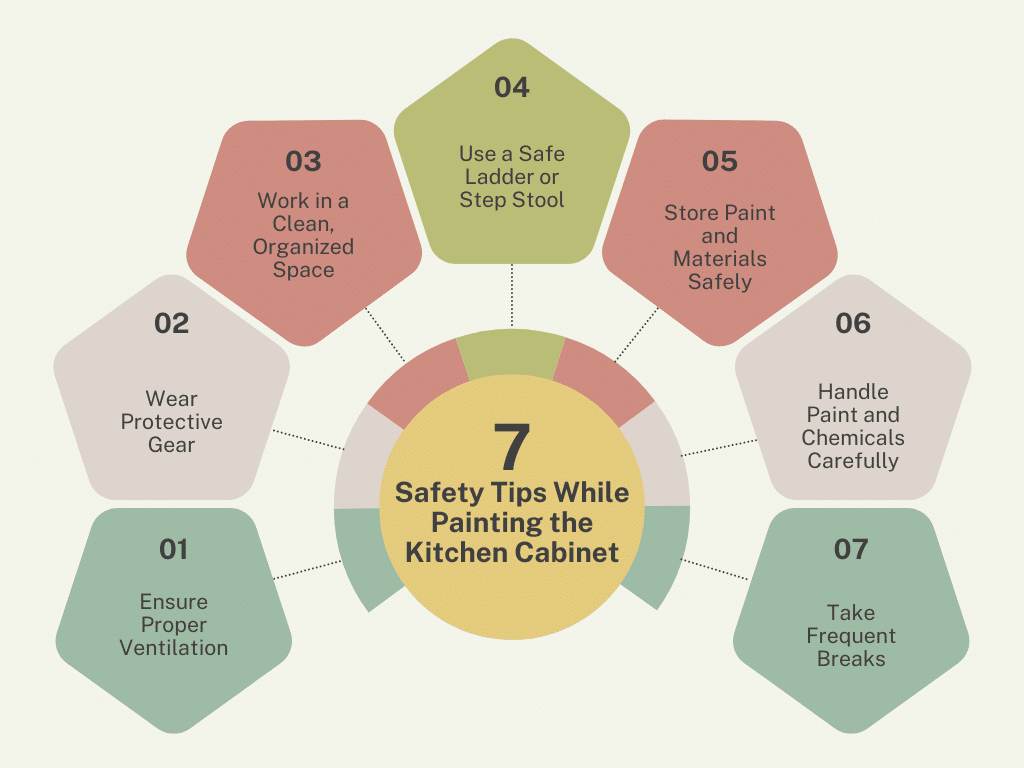
Conclusion
Painting your kitchen cabinets can give your space a fresh look without breaking the bank. We’ve covered the costs for both DIY and professional jobs, factors that affect pricing, and safe paint options.
Remember, costs can range from $200 for a DIY job to $10,000 for a pro, depending on your kitchen size and chosen materials. Consider your budget, time, and skills when deciding between DIY and hiring a pro.
Ready to start your cabinet painting project? Take measurements of your kitchen, decide on your paint type, and get quotes from local professionals.
Or if you’re going DIY, stock up on supplies and set aside a weekend for the task.
Have questions about painting your cabinets? Leave a comment below!

